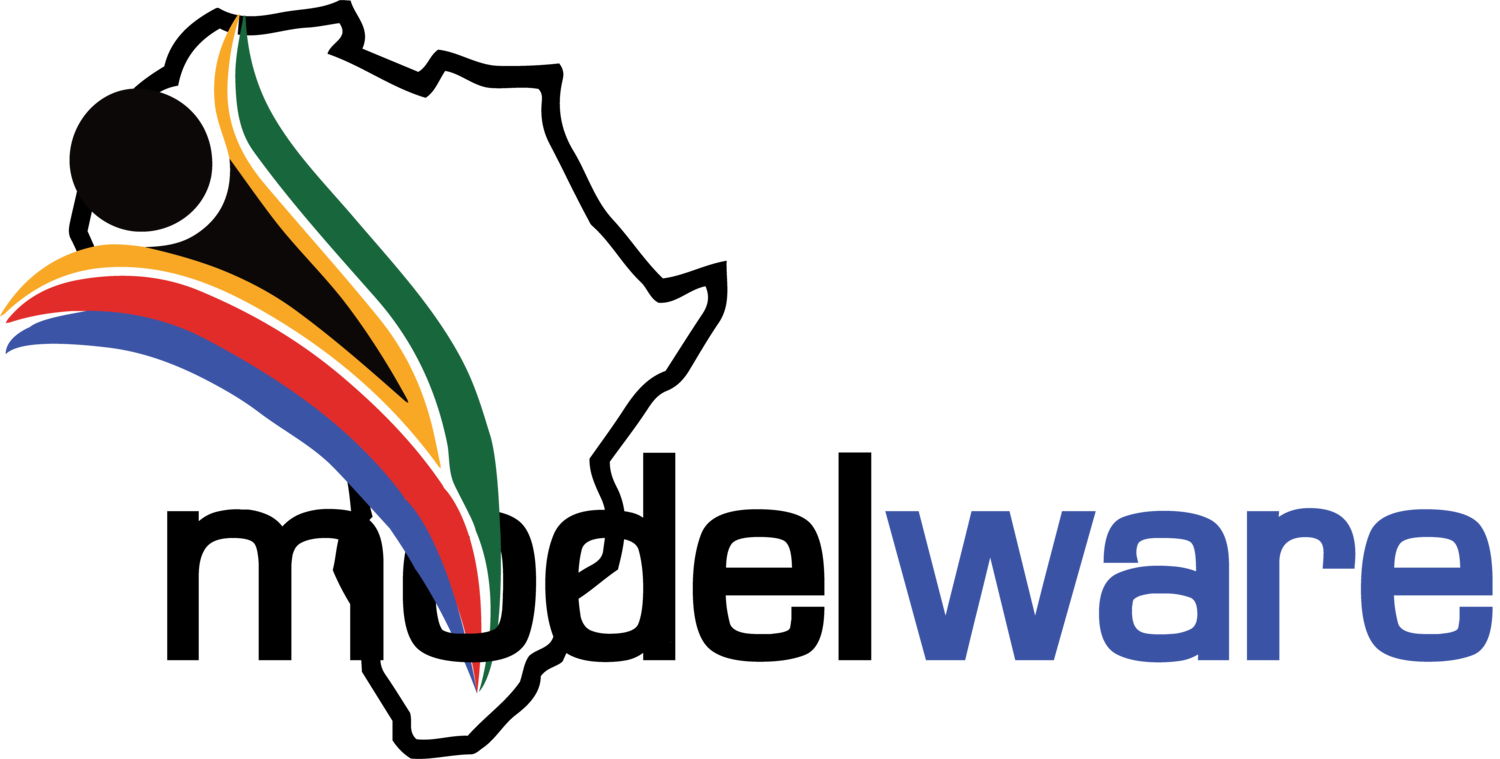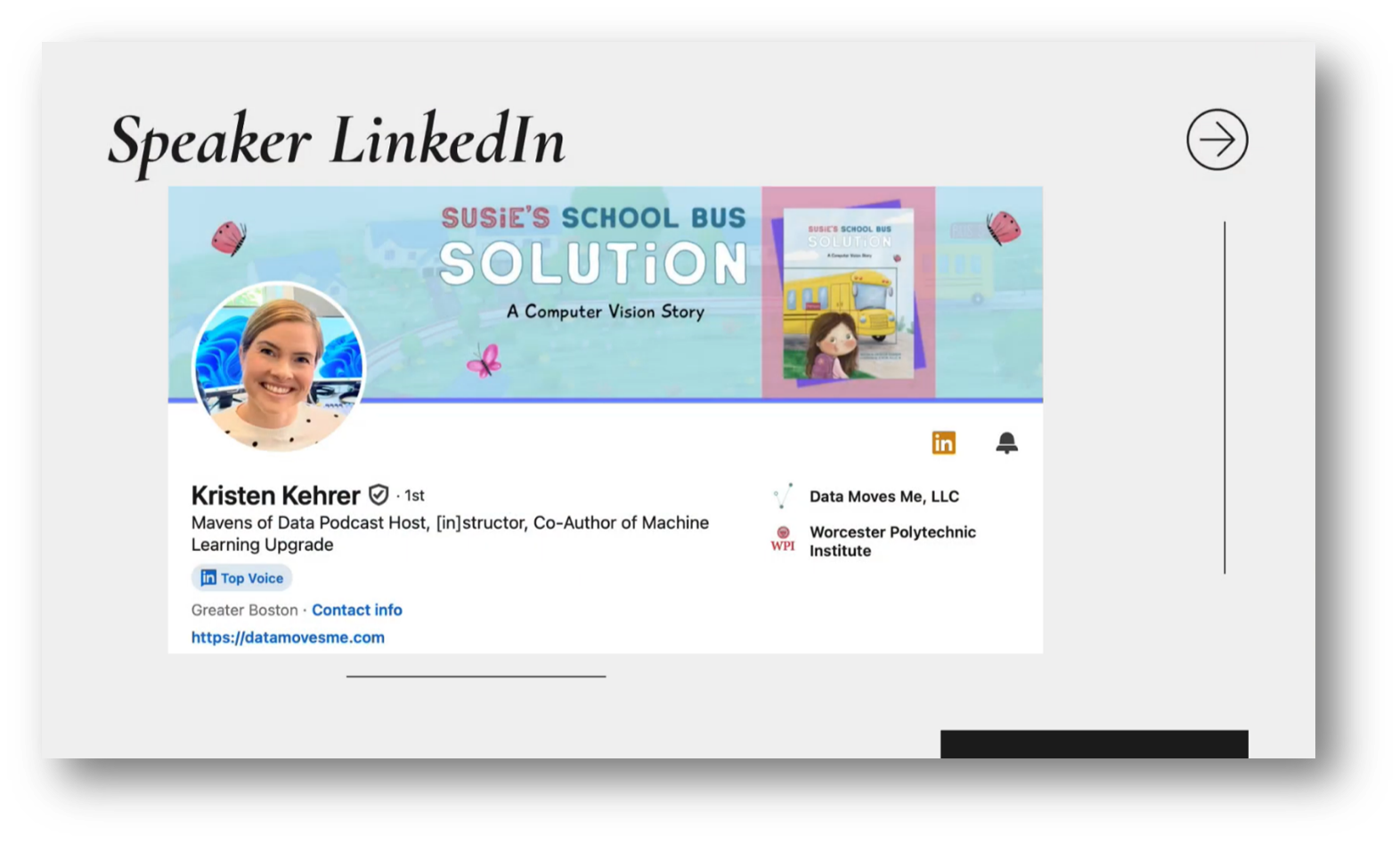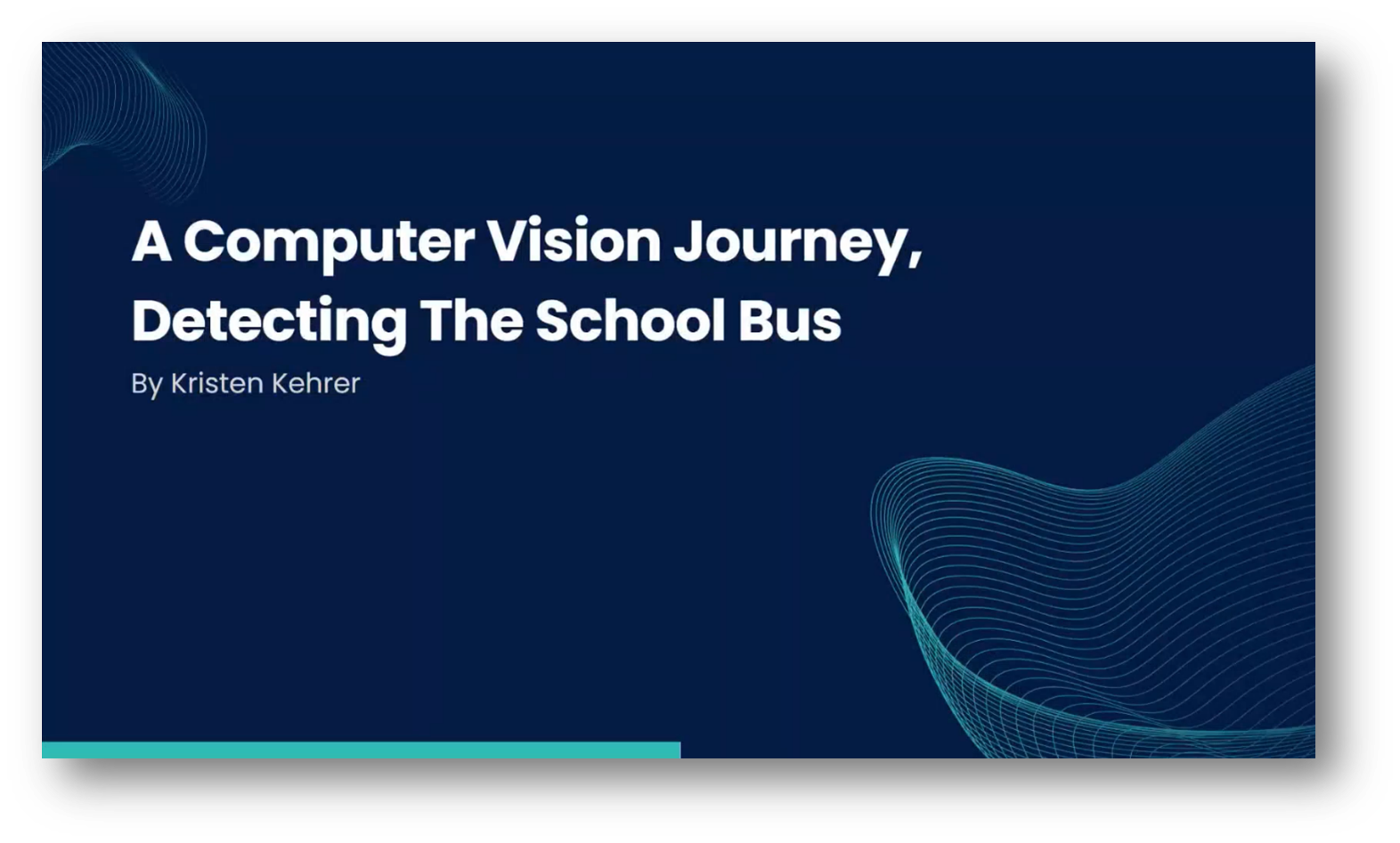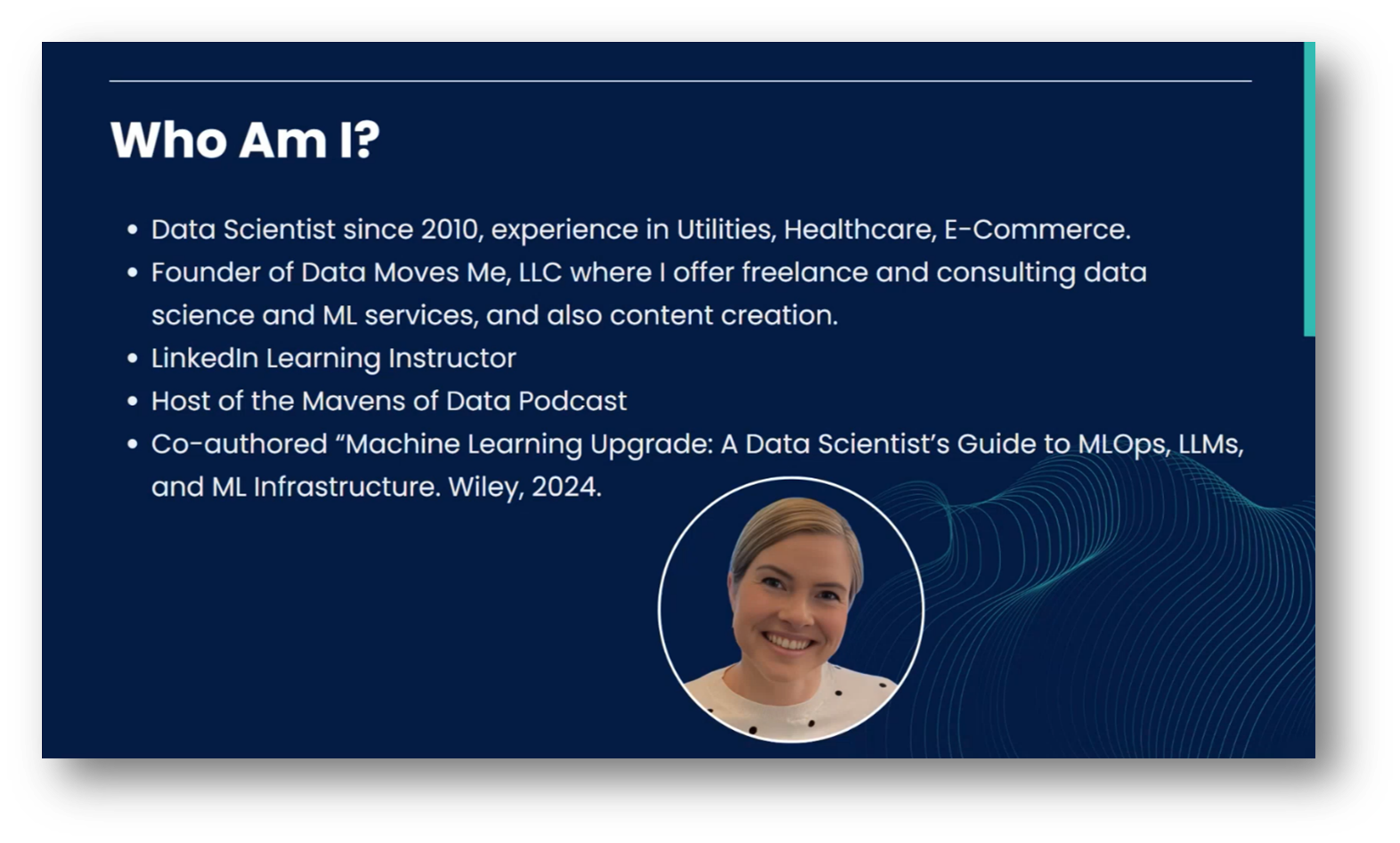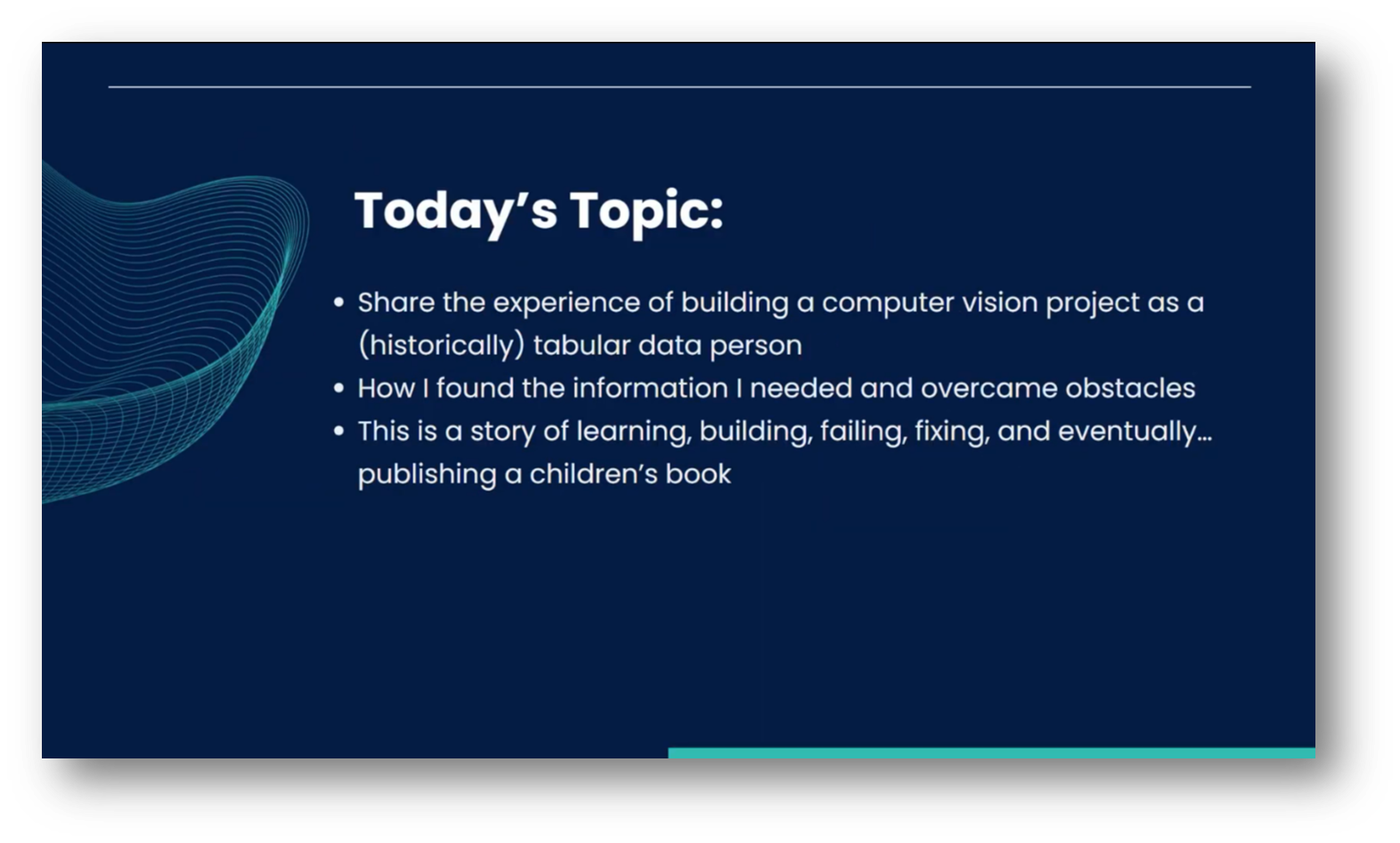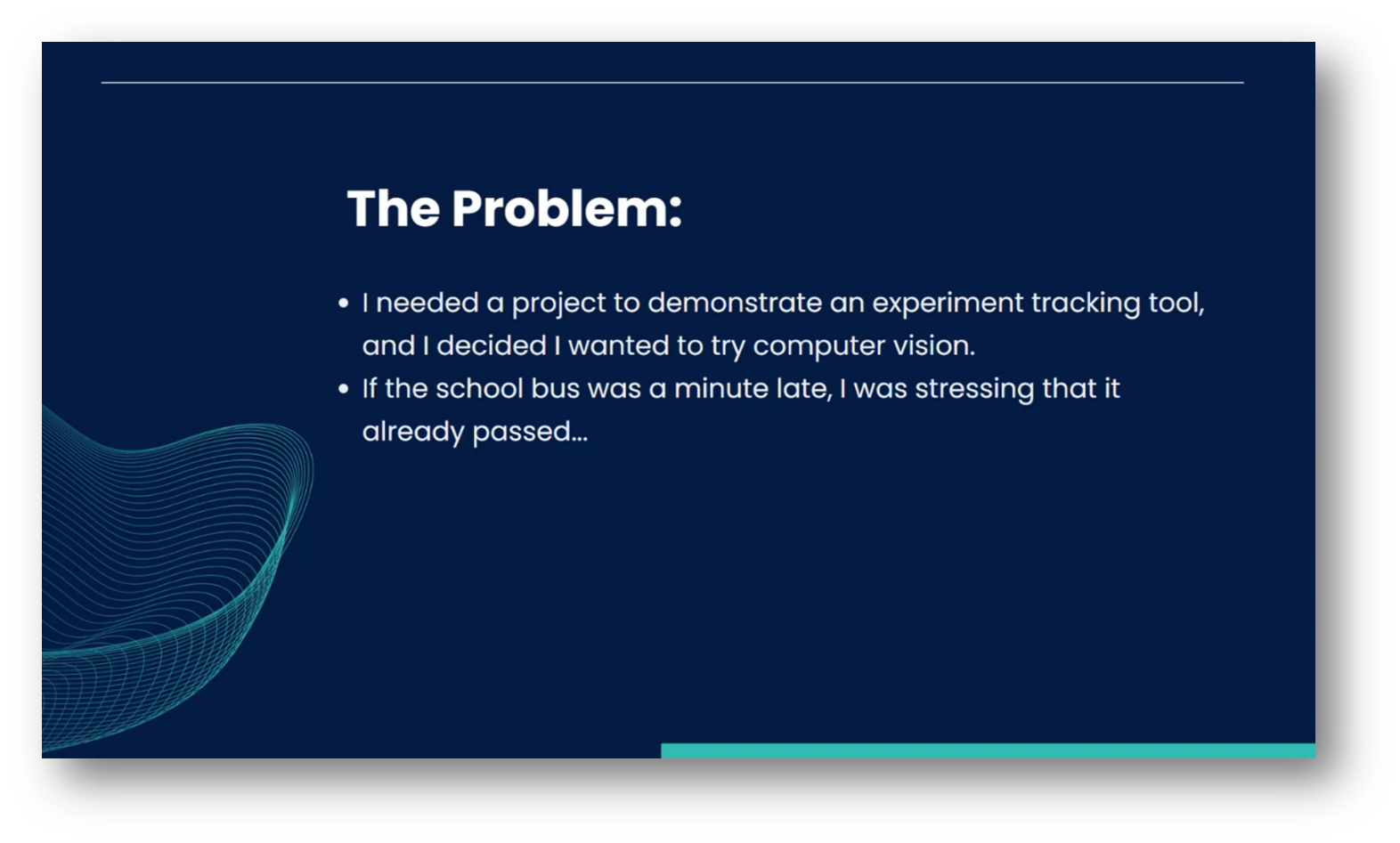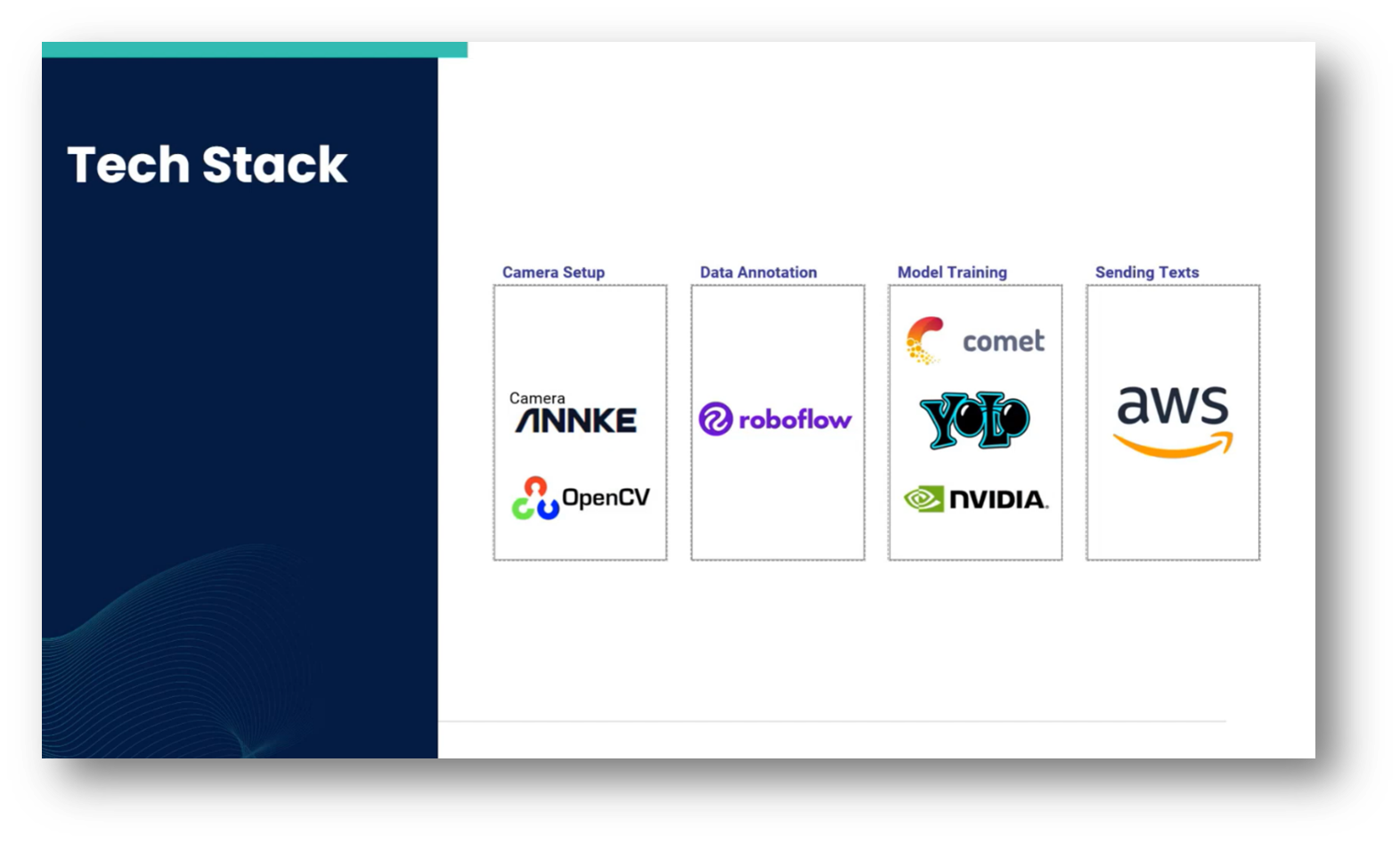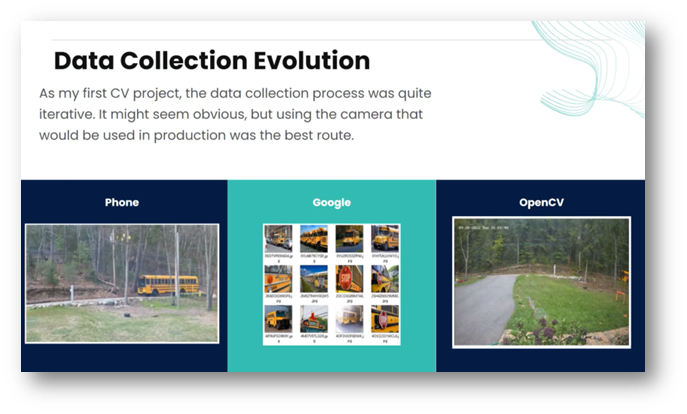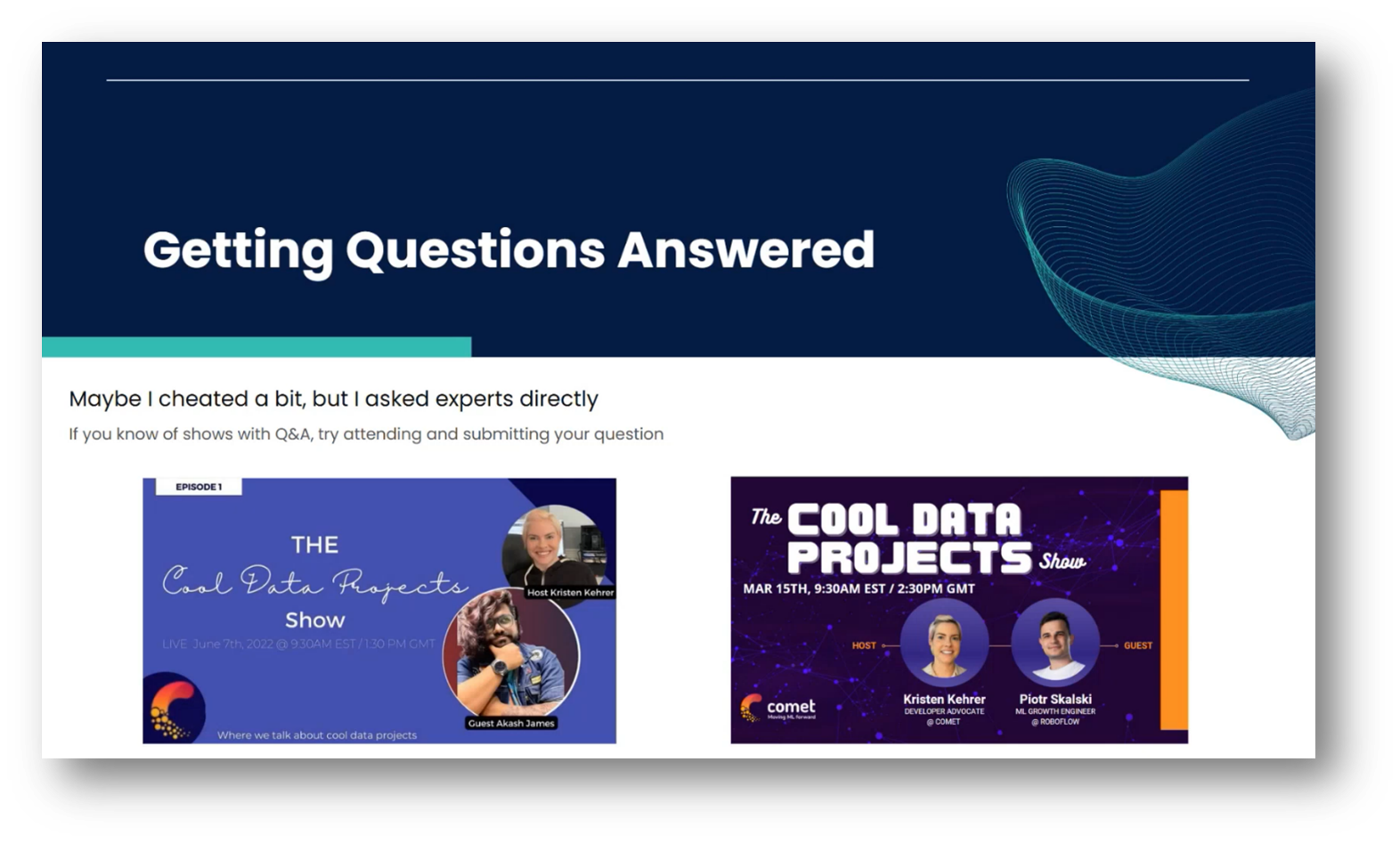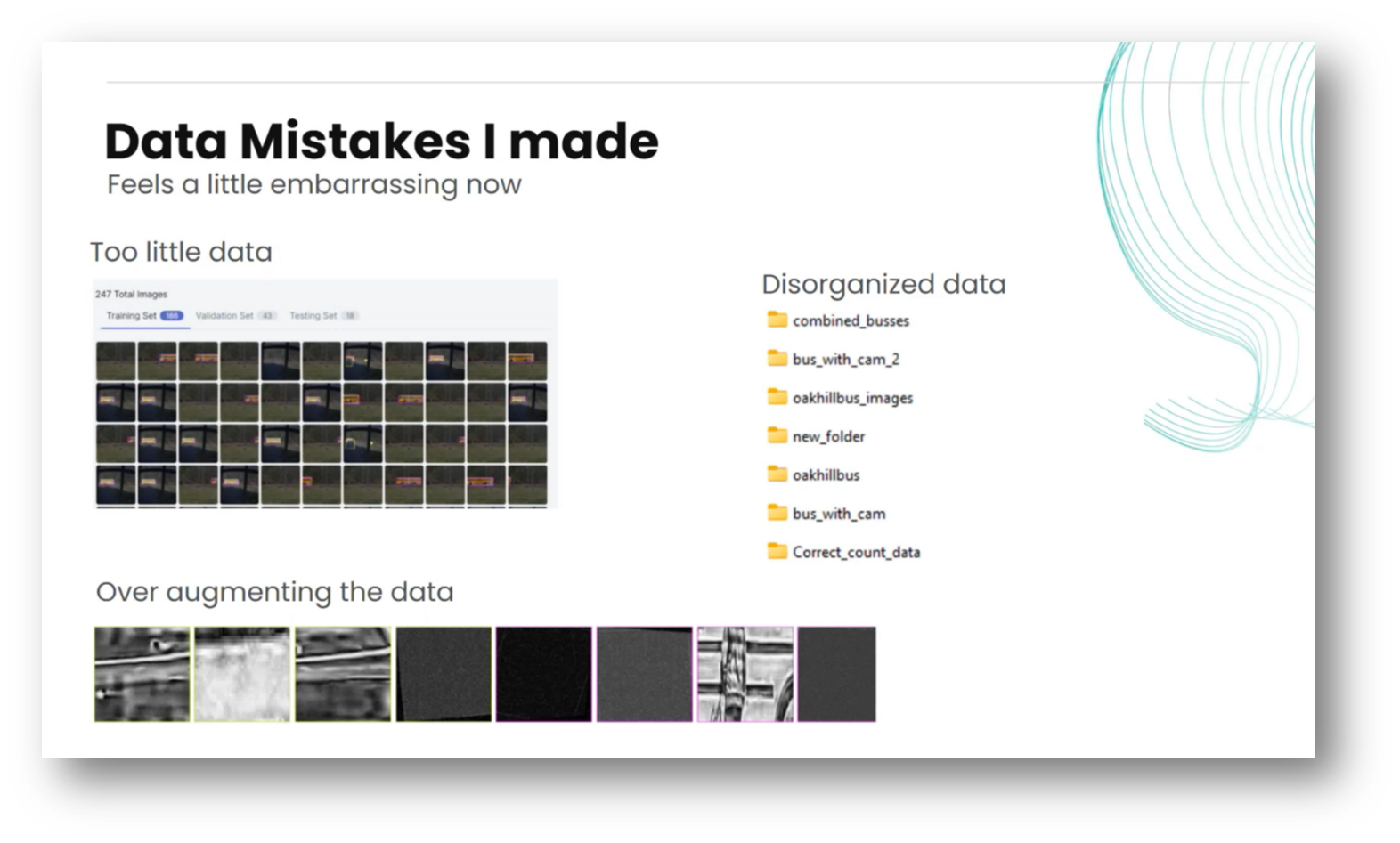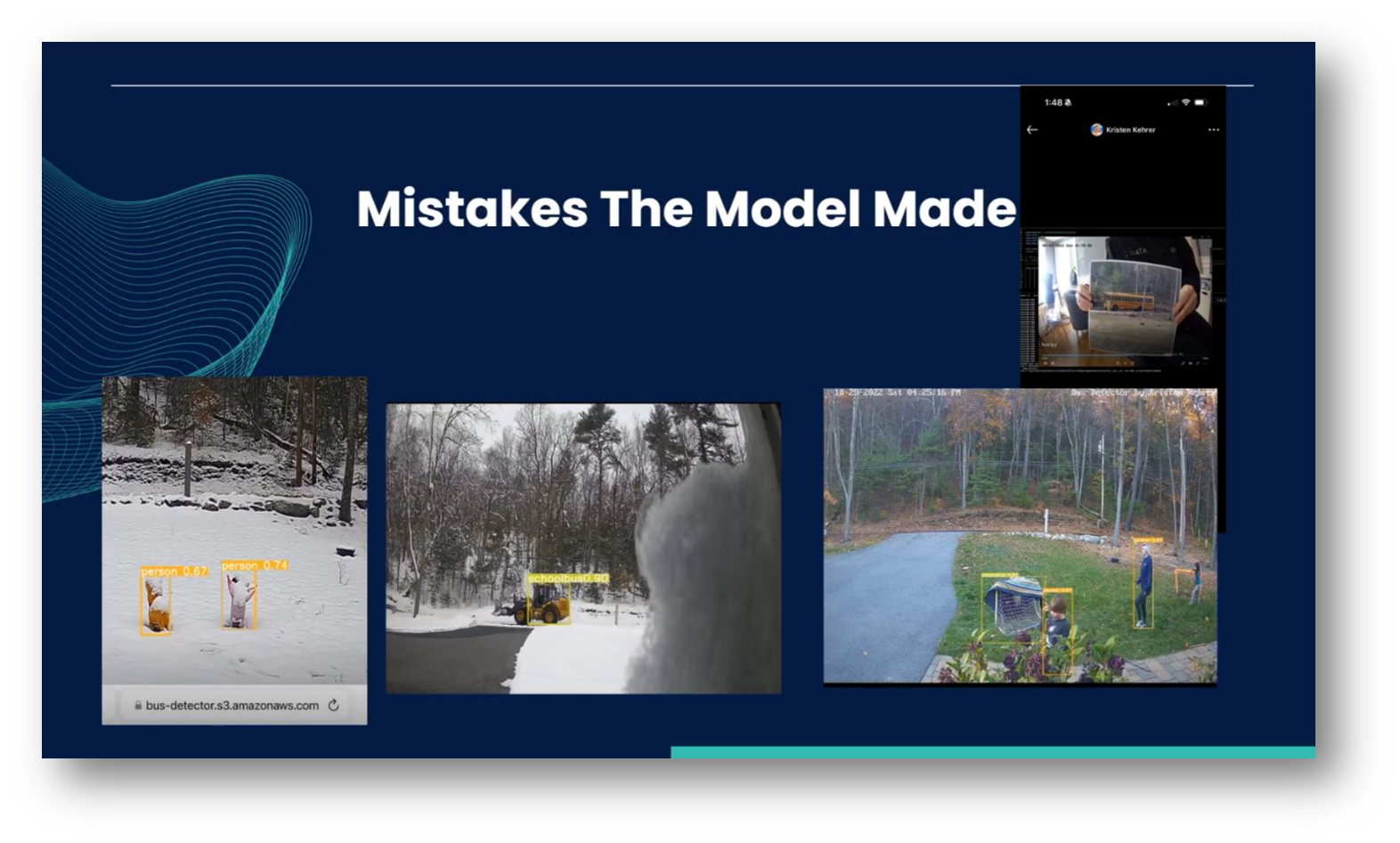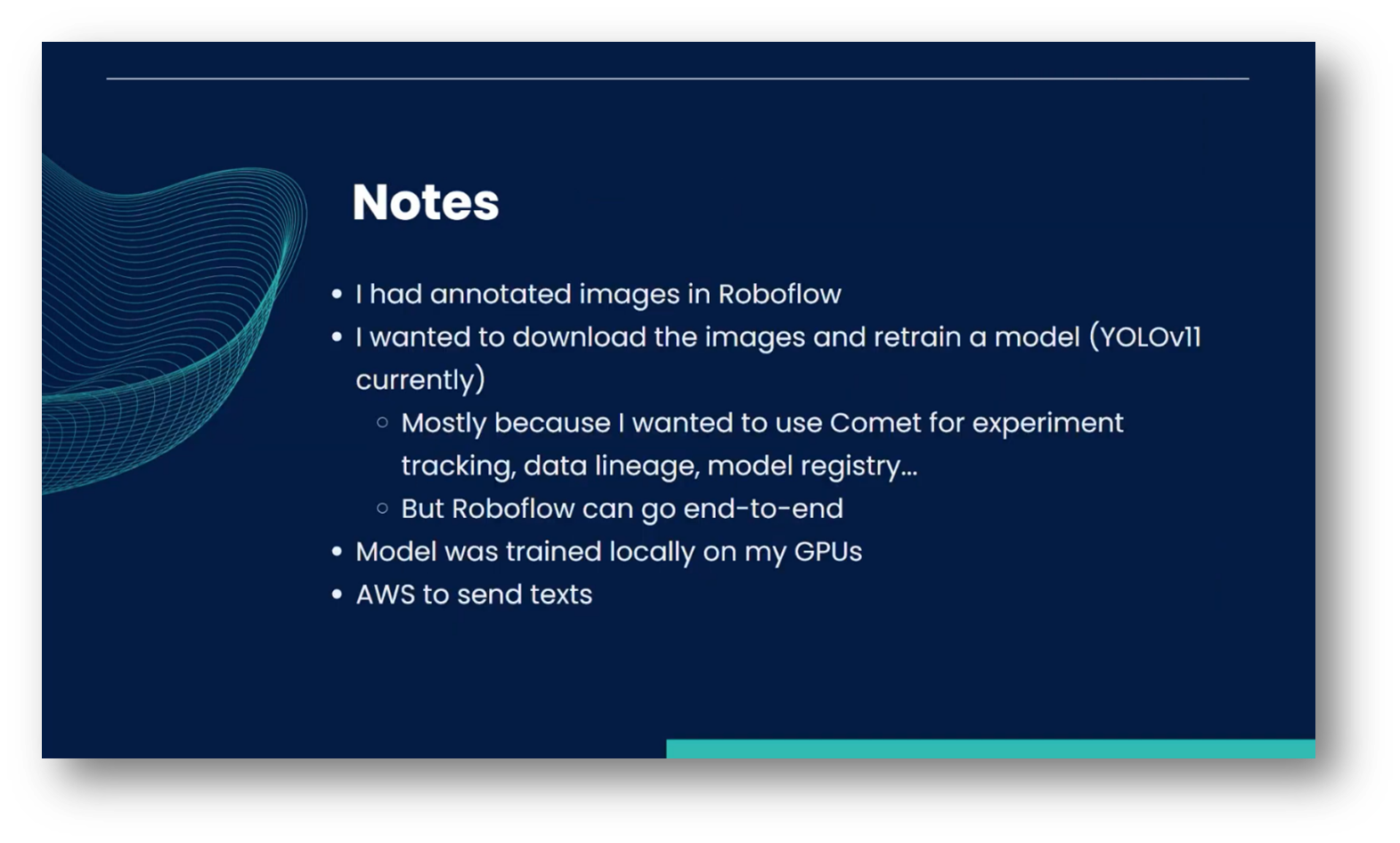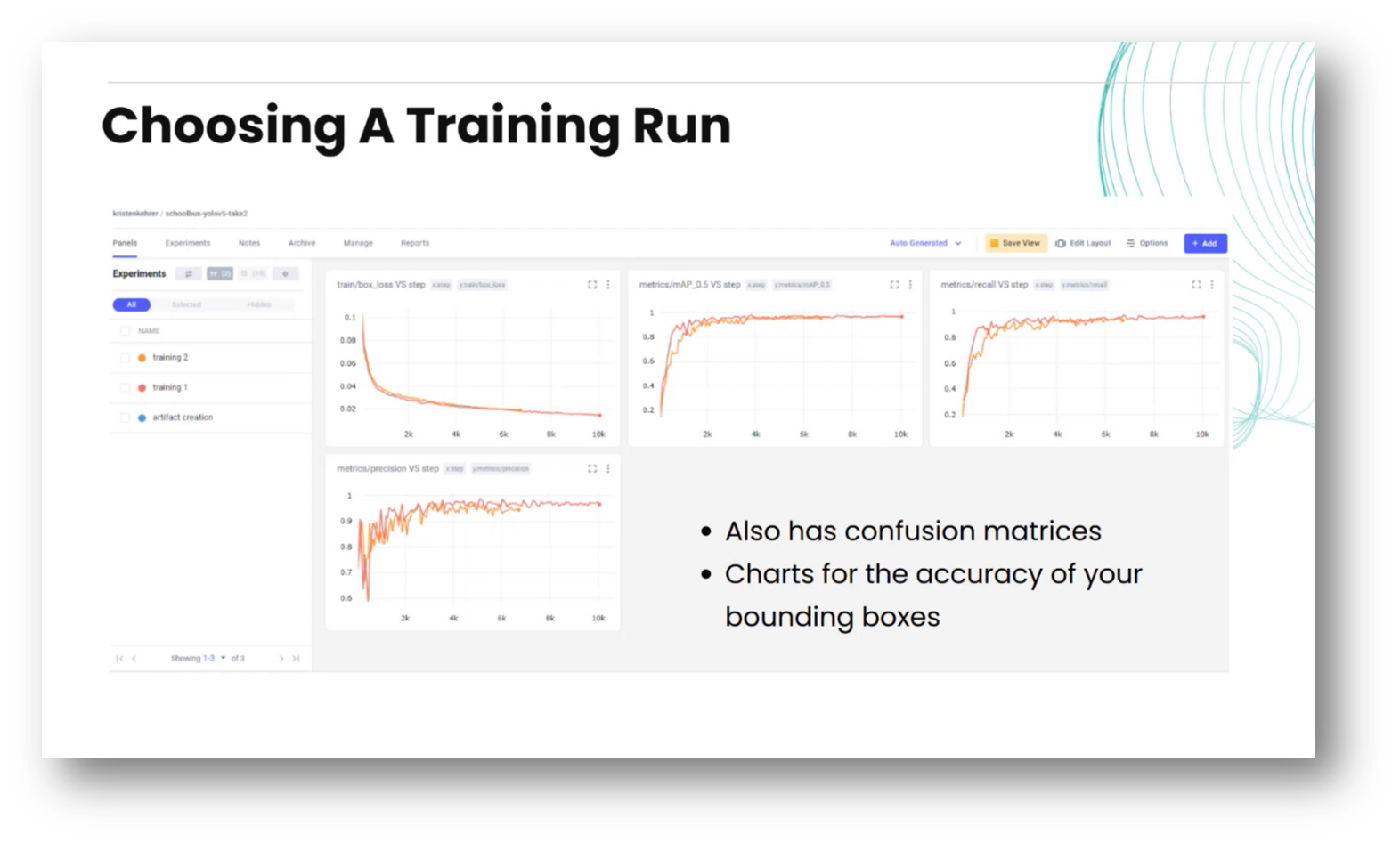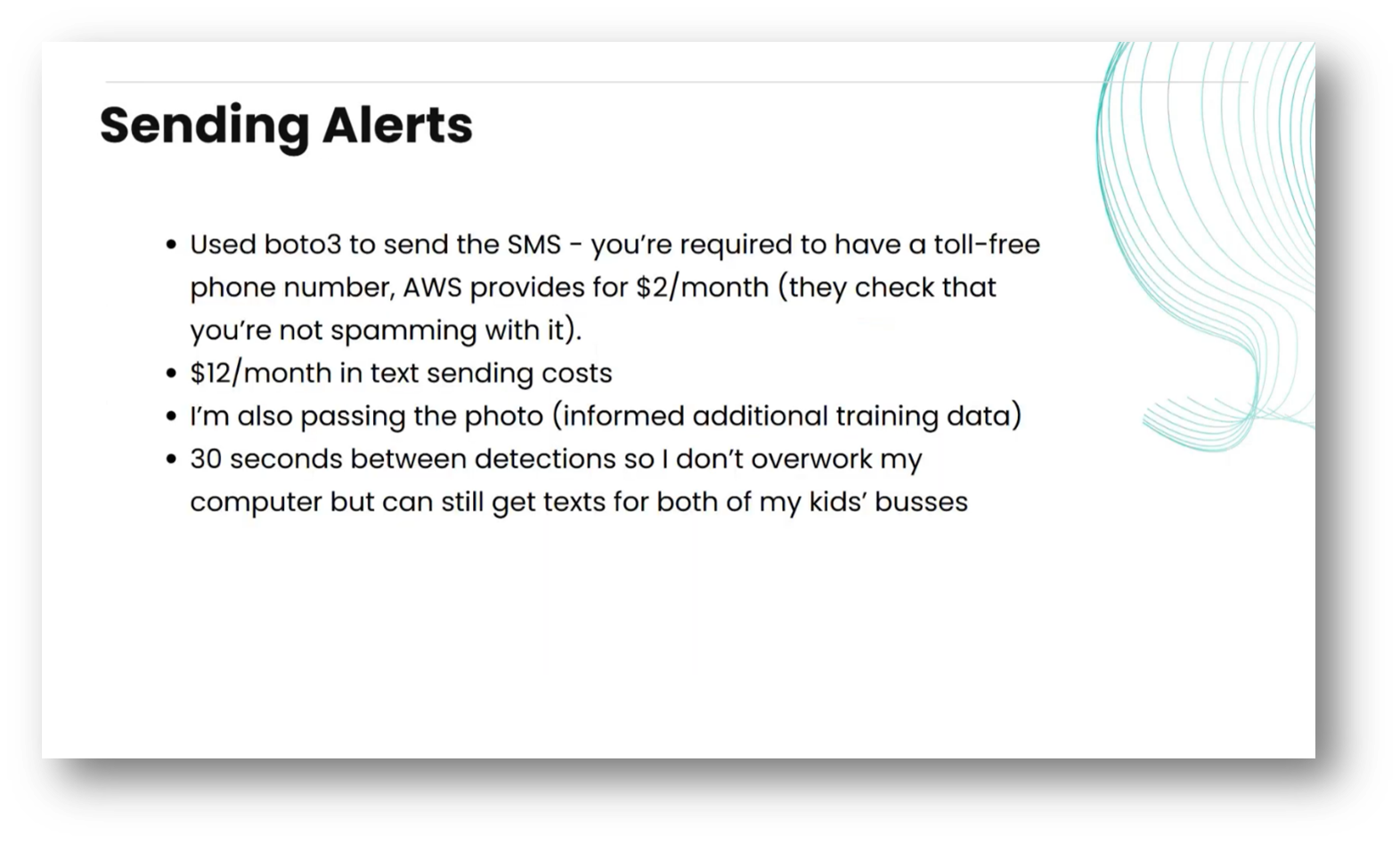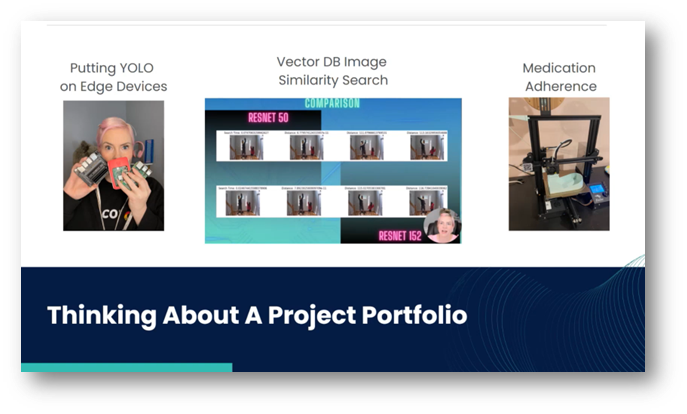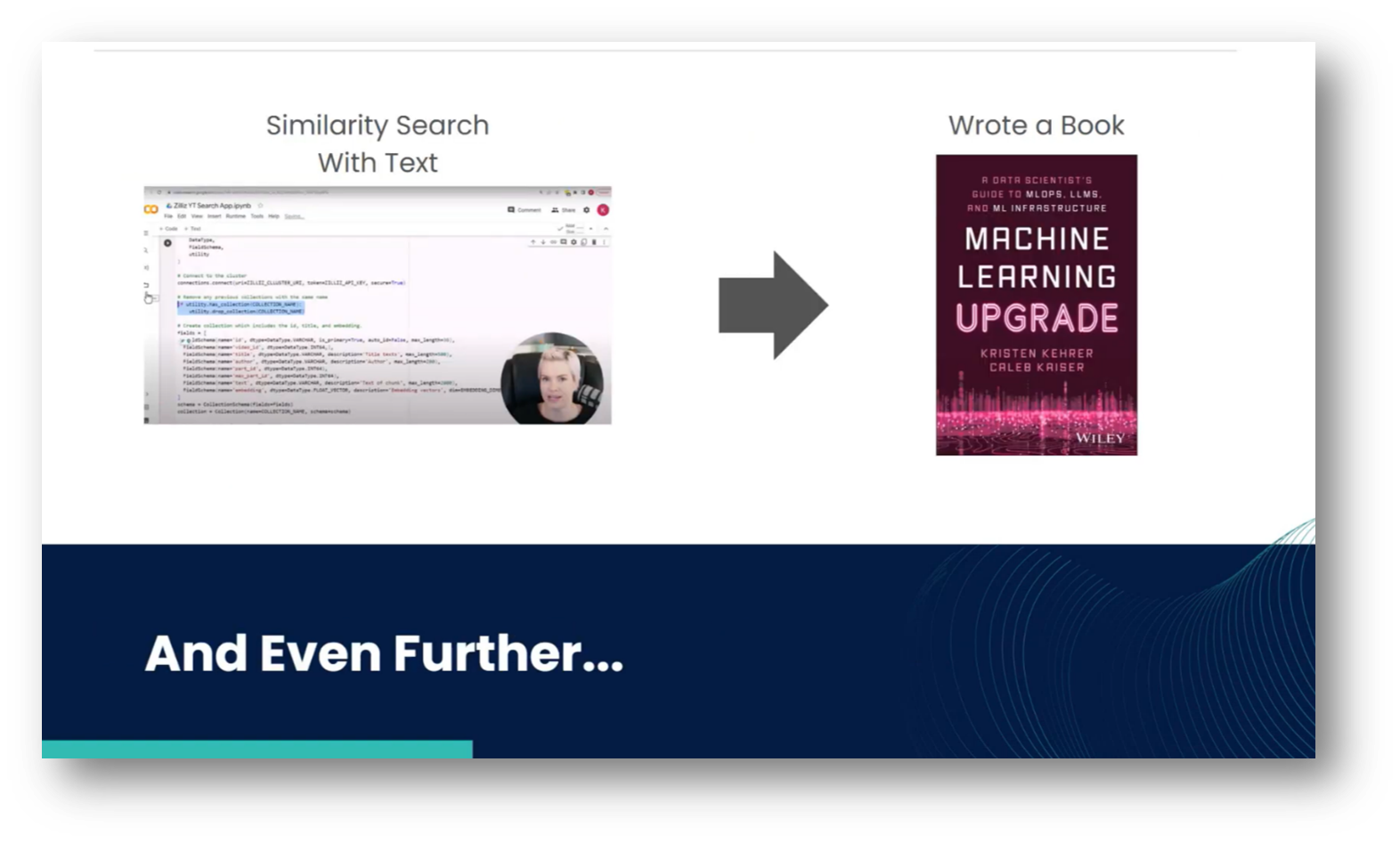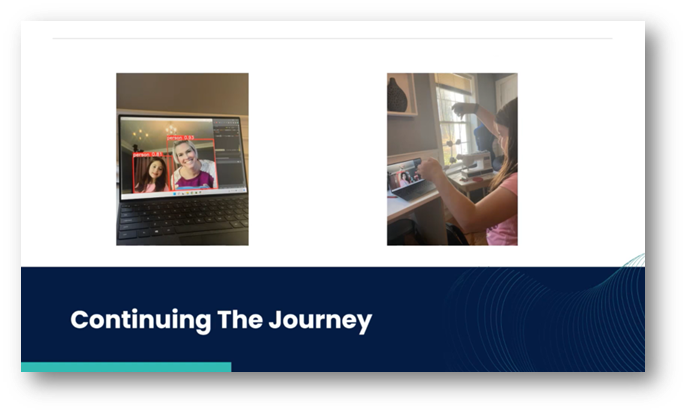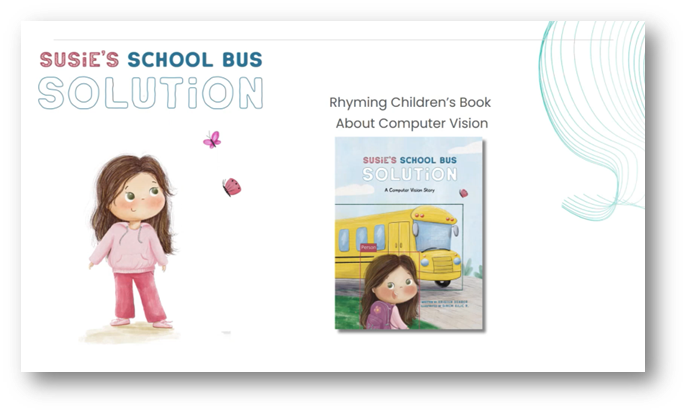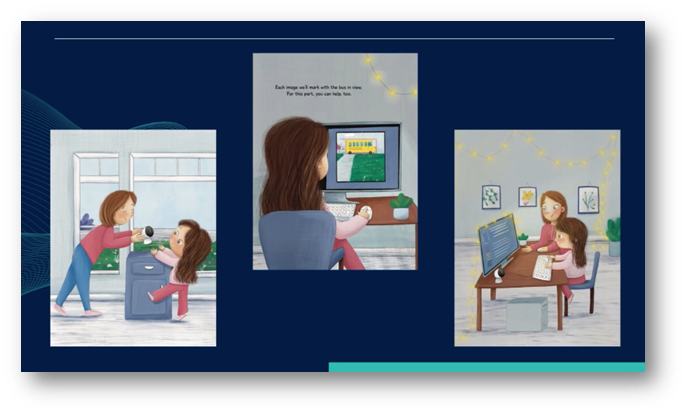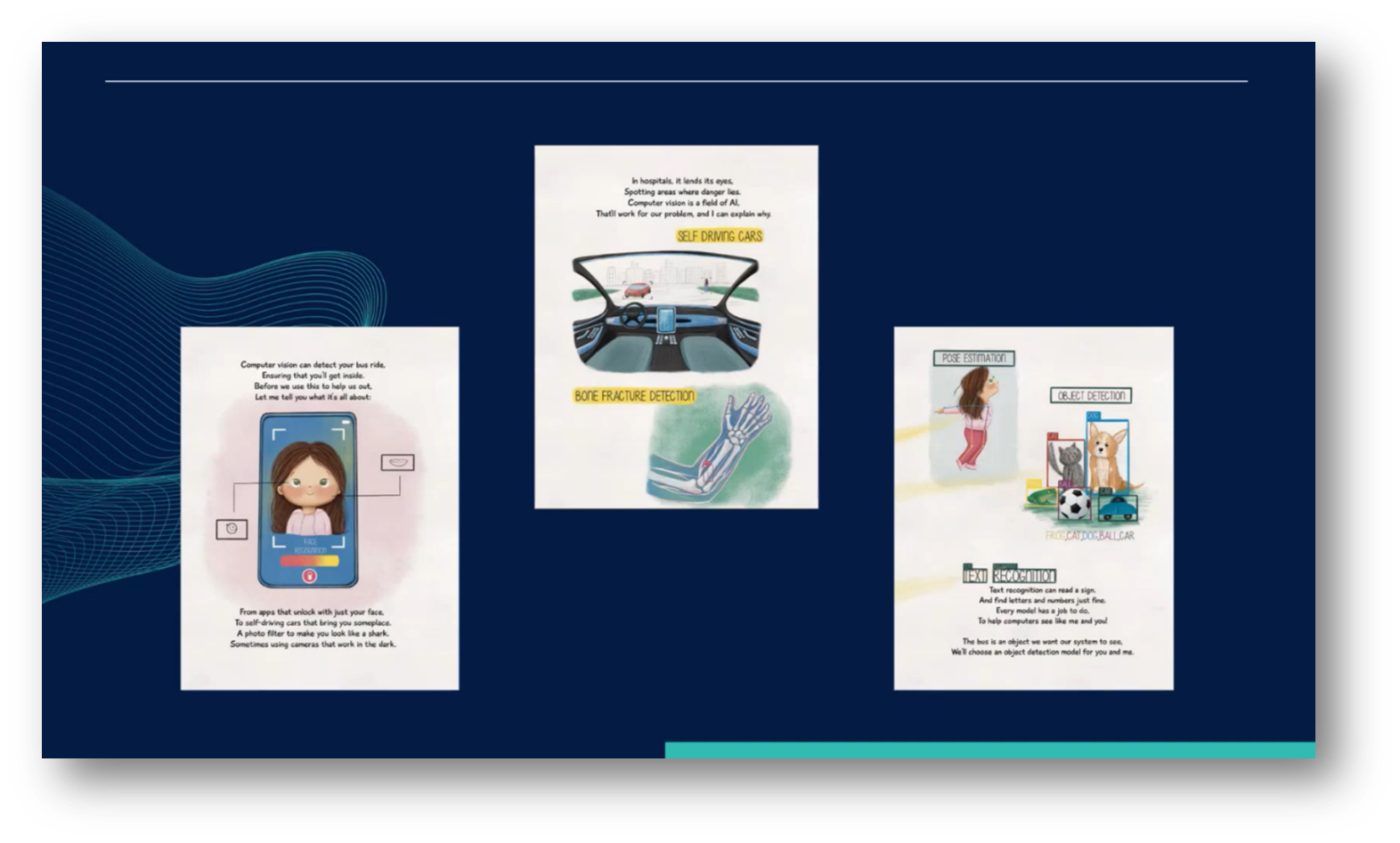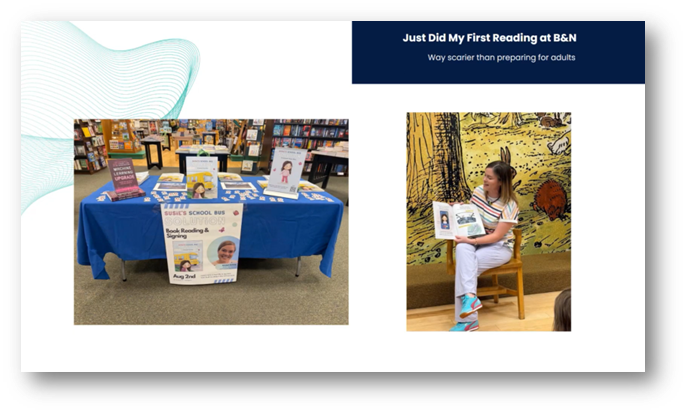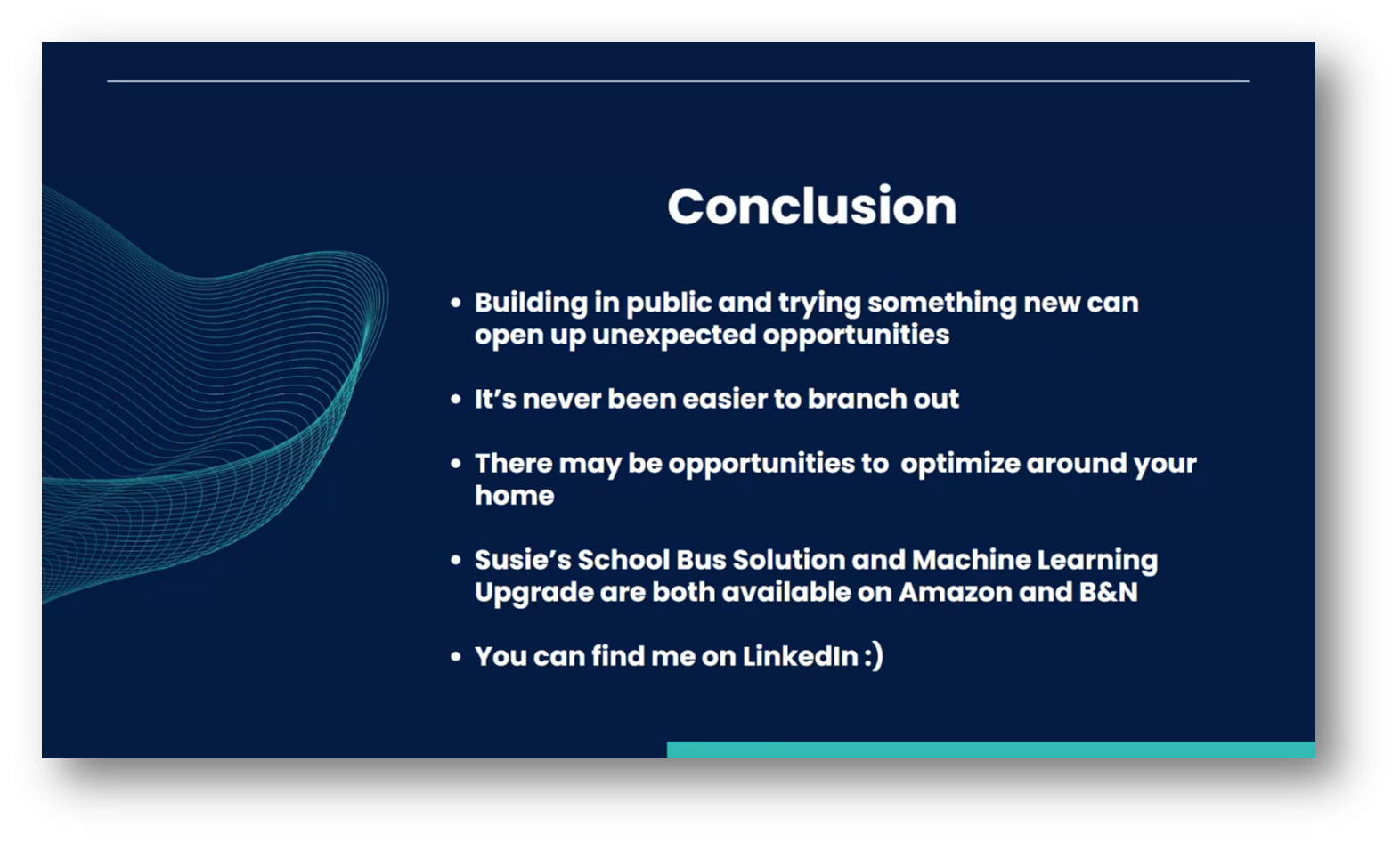A Computer Vision Journey, Detecting The School Bus with Kristen Kehrer
Executive Summary
This webinar offers a comprehensive exploration of the intersection between technology and practical applications, presented by Kristen Kehrer, who emphasises key topics such as transforming tabular data into a children’s book and the potential of computer vision in various fields. Notable discussion points include the selection and optimisation of cameras for problem-solving, personal experiences with Roboflow and object detection, and the development of a machine learning model for school bus detection.
Kristen Kehrer’s journey encompasses experiment tracking, model evaluation, and the transition from detecting school buses to other potential applications using Computer Vision. Additionally, she addresses challenges in communicating computer vision concepts to the public, building a following in the AI space, and the intricacies of creating and implementing AI systems. Ultimately, the webinar serves as a reflection on the continuous evolution of AI training and project creation.
Webinar Details
Title: A Computer Vision Journey, Detecting The School Bus with Kristen Kehrer
Date: 2025-08-06
Presenter: Kristen Kehrer
Meetup Group: DAMA SA User Group Meeting
Write-up Author: Howard Diesel
Contents
From Tabular Data to a Children's Book with Kristen Kehrer
Potential of Computer Vision in Practical Application
Selecting a Camera and Optimising for Problem Solving
Computer Vision: A Personal Journey with Roboflow and Object Detection
The Journey of a School Bus Machine Learning Model
Experiment Tracking and Model Evaluation in AI
Journey of Technology: From School Bus Detection to Medical Device Tracking
Data Analysis and Machine Learning: From Tabular Data to RAG Apps
Building a Following, Writing, and Challenges in AI
Computer Vision Concepts in a Children’s Book
Challenges of Discussing Computer Vision with the Public
Journey of Building and Implementing AI Systems
In Closing: AI Training and Project Creation
From Tabular Data to a Children's Book with Kristen Kehrer
Debbie Diesel opened the webinar and introduced the speaker. Kristen Kehrer, who is based in Boston, is an accomplished author whose experience promises to be insightful for attendees. Additionally, she has been a data scientist since 2010, and transitioned from traditionally working with tabular data to exploring computer vision, culminating in the development of a system to detect school buses.
After starting her freelance consulting business, Data Moves Me, in 2018, Kristen expanded her professional repertoire, serving as an instructor at UC Berkeley Extension, creating course content for the data science programs at Dartmouth and Columbia, and leading the Mavens of Data podcast. This project, which unexpectedly evolved into her third book, ‘Susie’s School Bus Solution,’ showcases her journey of overcoming challenges in a new field.
Figure 1 Speaker's LinkedIn
Figure 2 A Computer Vision Journey, Detecting the School Bus
Figure 3 "Who Am I?"
Figure 4 Today's Topics
Potential of Computer Vision in Practical Application
In 2022, Kristen began working at Comet, a company specialising in experiment tracking and ML Ops, where she served as a developer advocate. Her goal was to create a project that effectively demonstrated the practicality of these concepts. Inspired by the popularity of computer vision applications, such as pose estimation and object detection, Kristen decided to explore this field despite my lack of prior knowledge. Additionally, she aimed to develop a solution that would simplify the daily routine of waiting for her daughter's school bus, which arrives at the end of her driveway, allowing Kristen to monitor it without needing to look out the window constantly.
Kristen expressed her desire for a reliable bus schedule, which would allow them to engage in leisurely activities, like making an English muffin, without stress. She noted that the bus conveniently passes their house to pick up another passenger before returning, creating an ideal situation for their travel. This experience is highlighted in Kristen’s writing, where she emphasised the importance of timing and the project's relevance to her personal situation.
Figure 5 The Problem
Figure 6 Tech Stack
Selecting a Camera and Optimising for Problem Solving
When exploring computer vision for a project, selecting an appropriate camera was a primary concern, especially for someone new to the field. The goal was to find a cost-effective solution that would still effectively address the problem at hand. Ultimately, a $60 ANK camera was chosen, which allowed for basic functionality but limited capabilities.
While this camera was sufficient for detecting buses, it fell short in distinguishing finer details, such as identifying differences between vehicles or reading bus numbers. The primary requirement was for the camera to work with OpenCV, facilitating real-time data collection and image storage for future model training and annotation.
Computer Vision: A Personal Journey with Roboflow and Object Detection
Kristen utilised Roboflow for my project, which offers a sleek user interface and comprehensive end-to-end functionality. While she only employed it for annotating images, it proved to be highly effective. For experiment tracking, Kristen leveraged Comet. Initially, she trained my model using YOLO V5, later upgraded to YOLO V8, and currently, it is operating with YOLO V11, known for its state-of-the-art object detection capabilities. However, as the pre-trained model on the COCO dataset did not include school buses, Kristen tailored the training specifically to detect school buses.
After initially training the model using a local computer, Kristen planned to capture videos on a phone for data, which led to inadequate results due to insufficient image quantity and poor annotation. She then considered using OpenCV for a better camera setup, but ultimately realised that filming the bus from the exact orientation it appeared daily would yield better data.
Once the limitations of phone videos were realised, Kristen attempted to download images from Google, only to discover that varied orientations and perspectives created confusion. She highlighted the importance of consistent and appropriate data collection methods for effective model training.
Kristen then found success with implementing OpenCV to train the model with real-world images from her environment, recognising the importance of using relevant data instead of generic online images. Although initially hesitant about data collection methods, they pivoted to learning from experts in the field by hosting a show called "Mavens of Data."
This initiative allowed Kristen to engage with computer vision specialists and ask targeted questions, enhancing their understanding of the subject. She emphasised the value of seeking knowledge from human experts in relevant domains, particularly through Q&A sessions at such shows. She recounted her personal strategies for seeking information, highlighting that she made several mistakes along the way.
Figure 7 Data Collection Evolution
Figure 8 Getting Questions Answered
Figure 9 Data Mistakes I Made
The Journey of a School Bus Machine Learning Model
Kristen initially tested 247 images to evaluate the feasibility of her approach before fully committing to data preparation. However, the initial model proved ineffective due to a lack of augmented data. She noted that for those new to computer vision, platforms like Roboflow offer user-friendly options for various types of data augmentation, such as black and white conversion and scaling. Caution is advised, as it's easy to produce poor-quality data quickly if not careful with these augmentations.
After a two-month break from a project due to summer school bus schedules, Kristen struggled to locate source data, revealing the importance of foundational data management. Upon returning to the project, Kristen encountered amusing model outputs, such as the model mistaking Christmas lawn decorations for people and confusing a plough's front with a school bus, which was an expected false positive. Kristen also mentioned that they have added more data since their initial analysis, leaving the current status of the project uncertain.
The model was initially trained on just over 1000 images, and to address any resting false positives, additional data was collected and annotated to enhance the model. Notably, images depicting snow were not included during the initial training phase. The bus's visibility is often affected by weather conditions, making the process iterative. A peculiar challenge arose with a soccer net, which confused the model due to its diagonal grid pattern. However, the user reports a high level of accuracy, stating they have never missed a school bus and experience minimal false positives—typically only when a yellow construction truck obstructs their view for an extended period.
The current system used for monitoring school bus pickups, while not the most rigorous, Kristen shared that it is reliable enough to ensure that kids board the bus safely. It provides basic functionality to track the bus, although recognising the bus numbers can be challenging.
Figure 10 Mistakes the Model Made
Figure 11 Notes
Experiment Tracking and Model Evaluation in AI
Experiment tracking is crucial for data scientists, particularly those working with deep learning or AI. While MLflow is the most popular open-source experiment tracking tool, Comet offers a robust, free community version, despite not being open-source. Many statisticians, particularly those specialising in tabular data, have found Comet to be a game-changer. However, once it comes to model deployment and monitoring, advanced features often require a paid plan.
Tracking and analysing models for time series analysis has become significantly more efficient. Instead of manually comparing loss functions across various models, one can now run multiple simulations simultaneously and easily assess their performance. By focusing on precision—especially regarding false positives, like receiving unnecessary notifications—it's possible to prioritise models that meet specific needs.
Kristen noted that the process includes evaluating the true bounding box of images against predicted bounding boxes and analysing confusion matrices to determine the best-performing model. Ultimately, this streamlined approach allows for confident decision-making about which model to deploy in production.
Figure 12 Choosing a Training Run
Journey of Technology: From School Bus Detection to Medical Device Tracking
The project involves sending alerts related to a bus detection model, which is detailed in ‘Susie’s School Bus Solution.’ Although the technical aspects are not included in the book, Kristen mentions using the Boto 3 library for sending text alerts, requiring a purchased phone line that costs $2.00 per month. The total cost for the monthly alerts, which are sent Monday through Friday, amounts to approximately $12.00, considering both the phone line and the daily message fees.
Kristen reflected on their experience managing text notifications related to bus arrivals, emphasising the need for a balance between responsiveness and reducing overwhelm. To improve her system, Kristen incorporated a 30-second interval between texts to prevent excessive notifications, acknowledging that the bus stops briefly for students to board, which sometimes leads to delays.
Initially a tabular data person, Kristen found success with a bus detector project that gained attention on LinkedIn and established their presence in the community. This has led her to explore computer vision using a Jetson Nano and Raspberry Pi, culminating in a talk at ODSC about model latency comparisons. Additionally, Kristen notes that her interests have expanded to working with vector databases for image similarity searches, including personal projects that involved processing family photos.
Another project that Kristen engaged in involved her purchasing a 3D printer for medication dispensing. Kristen shared that the project would involve developing a structure designed to hold medication and a small camera, leveraging knowledge gained from working with devices like Raspberry Pis and Nanos to incorporate computer vision. Initially, Kristen aimed to enhance medication adherence by detecting when pills were picked up and storing that data for user access via a dashboard. Users could receive reminders about missed doses, facilitating better communication with healthcare providers about their medication routines. However, the project was ultimately deemed overly complex, as it could have been simplified using sensors.
Figure 13 Sending Alerts
Figure 14 Thinking about a Project Portfolio
Data Analysis and Machine Learning: From Tabular Data to RAG Apps
Kristen shared how she transitioned from a focus on tabular data, where they had spent 12 years, to exploring vector databases and text processing, eventually creating Retrieval-Augmented Generation (RAG) applications. This journey inspired her to write a book on building RAG apps using ML Ops. A significant influence in this shift was the children's book "The Data Detective" by Jordan Morrow and Chandra Donaldson, which addressed the differences between quantitative and qualitative data.
A long-held dream of writing a children's book was sparked during Kristen’s time at Barnes and Noble in 2005. This reignited after seeing Chandra's dedication and success in pitching to numerous publishers, prompting the author to seek an introduction to collaborate on their aspirations.
The "Susie's School Bus Solution" is a children’s book crafted entirely in rhyme, designed to simplify the concepts of computer vision and object detection. Inspired by Kristen's daughter, Susie, the book follows a narrative that explains the model-building journey, from setting up a camera and collecting data to annotating images and running the model.
The book emphasises key ideas such as the necessity of adding more data if the model underperforms and discusses the importance of alerts for effective functionality. Additionally, it explores various applications of computer vision familiar to children, making complex topics engaging and accessible.
Kristen then discussed the importance of selecting the appropriate computer vision model based on specific problems and goals. It highlights various models, such as pose estimation, which tracks movements like dancing, and text recognition, which effectively reads signs and symbols. The main takeaway is that each model has a dedicated function to help computers better understand visual information, emphasising the need to align model selection with desired outcomes. Ultimately, the book concludes with Susie and her mother proudly resolving their daily issue of missing the bus, illustrating the practical benefits of applying the right technology.
Figure 15 And even Further
Figure 16 Continuing the Journey
Figure 17 'Susie's School Bus Solution'
Figure 18 Snippets from the book
Figure 19 Snippets from the book Pt.2
Building a Following, Writing, and Challenges in AI
On Saturday, Kristen participated in my first reading at Barnes and Noble, which was an enjoyable experience. She added that she had the opportunity to engage with a diverse audience, including college-bound students eager to discuss their study options and aspiring authors seeking advice on becoming writers. Overall, the event was uplifting, reinforcing my strong belief in the value of building in public.
Kristen reflected on the daunting experience of sharing personal projects. Still, she noted that her bloopers and updates have generally been well-received, attributing this to supportive followers who are engaged in her journey. Kristen highlighted that her recent endeavour of developing a music similarity search app using the Spotify API marked their first experience with audio data. Within just two days, she had created an app that could identify songs with similar characteristics based on extracted metadata, allowing users to adjust preferences for vocal content and other elements. However, Kristen eventually decided to abandon the project due to limitations with the Spotify API, which only provides a 30-second song preview, hindering her ability to achieve their original goals.
The importance of exploring innovative ideas was highlighted, particularly in optimising aspects of home life, while emphasising the enjoyable experience of working with audio data. Additionally, an attendee posed a challenging question regarding the transition from technical detection of school buses to making the concept accessible for children in a book. The most significant challenge Kristen cited was the need to simplify language for a first or second-grade audience while ensuring the content remained technically sound and rigorous.
Kristen then emphasised the importance of educating children about the computer vision pipeline, highlighting its relevance across various data types. She expressed a desire to dispel the misconceptions surrounding AI, often portrayed as magic that robots perform, and aimed to clarify how these systems truly operate.
The goal is not only to enhance understanding but also to inspire children to realise their potential in building technology themselves. Kristen shared the challenges of creating a rhyming book that is appropriate for first and second graders, considering factors such as word syllables and sentence length to ensure it aligns with their reading levels.
Figure 20 First Reading
Figure 21 Conclusion
Computer Vision Concepts in a Children’s Book
The selection of computer vision concepts included in the book was driven by Kristen's personal experience, as she preferred only to discuss topics she had actively engaged with to avoid discomfort. Although super-resolution was initially part of the content, Kristen ultimately removed it due to difficulties in illustrating it clearly and concerns about potential confusion for readers. This decision was made during the final stages of the book's preparation, just three weeks before its launch, which also required adjustments to the accompanying activity guide.
Challenges of Discussing Computer Vision with the Public
Kristen highlighted the positive reactions to a book about computer vision, particularly from children and parents. During a reading session, many first graders expressed their enjoyment, indicating a strong love for learning and curiosity about complex topics. Parents also found value in the content, with one remarking on the newfound understanding of computer systems. Additionally, Kristen noted challenges in effectively communicating the book's themes to audiences unfamiliar with data and computer vision, as initial perceptions based on the cover or title can lead to misunderstandings.
Journey of Building and Implementing AI Systems
An attendee posed two questions: first, they inquired about the development process of Kristen’s bus AI system, specifically how she built a working prototype and the duration required to refine it for production, given the extensive experimentation involved. Second, they shared their background in a non-mathematical field, development, while expressing curiosity about transitioning into computer vision, noting Kristen’s statistics degree from LinkedIn and their own experience in machine learning and computer vision projects.
Kristen discussed her experience building simple prototypes and minimum viable products (MVPs) in the field of AI, specifically in relation to image processing. She detailed her timeline, noting that she started the project in April 2022 and faced challenges due to summer bus schedules, which interrupted their project work until they resumed in September. Additionally, throughout Kristen’s project, she had learned valuable lessons from data errors and iterative improvements, ultimately refining her model to reduce false positives after receiving feedback. This process involved adding more data and retraining the model to enhance its accuracy and reliability.
This project presented a unique challenge due to its reliance on a bus that passed by Kristen’s house only a few times a day, which contrasts with the convenience of easily accessible online datasets. She added that she found herself holding up a picture of the bus, hoping to observe its operation in real-time, which was crucial for making necessary adjustments. Overall, the duration of this process spanned about six to seven months, and Kristen believes that different use cases would yield varying timelines.
Kristen then highlighted the significant shift in the field of AI, as it has become more software engineering-focused and code-intensive compared to traditional data science. While she had previously worked on projects such as developing an LLM-powered app for a healthcare consultancy, Kristen expressed concerns about her ability to secure a position in AI, particularly in advanced model tuning and cutting-edge techniques, due to the evolving demands of the industry and her limited familiarity with current methodologies.
With a desire for greater proficiency in AI, Kristen acknowledged receiving opportunities for full-time positions in computer vision. Still, she shared that she felt unqualified for roles that involve building advanced models and deep architectures. She then emphasised that while a solid understanding of statistics is beneficial for AI jobs—such as developing and fine-tuning neural networks—strong software engineering skills are more crucial for success in the field of AI.
To excel in software engineering, it is essential to have a solid grasp of basic statistics, but the key to success lies in mastering a diverse set of skills. A great software engineer combines technical expertise with adaptability and problem-solving abilities, ensuring they can effectively navigate the complexities of software development.
In Closing: AI Training and Project Creation
Kristen addressed a question from an attendee regarding the various factors that could influence model training, such as data volume, seasonal variations, and camera quality. She reflected on her own experience training a model using data limited to a specific timeframe, from April to May, which presented challenges when the weather changed, introducing snow interference and low-light conditions. However, Kristen noted that the day of the week did not impact the training since the appearance of the bus remained consistent across different weekdays.
A question was raised on the illustration style of a children's book, where Kristen shared her aim for a softer aesthetic that diverged from traditional AI imagery. Additionally, Susie, Kristen’s daughter, had significant influence over her character's design, including wardrobe choices and personal features, ensuring she was involved in the creative process.
If you would like to join the discussion, please visit our community platform, the Data Professional Expedition.
Additionally, if you would like to be a guest speaker on a future webinar, kindly contact Debbie (social@modelwaresystems.com)
Don’t forget to join our exciting LinkedIn and Meetup data communities not to miss out!
